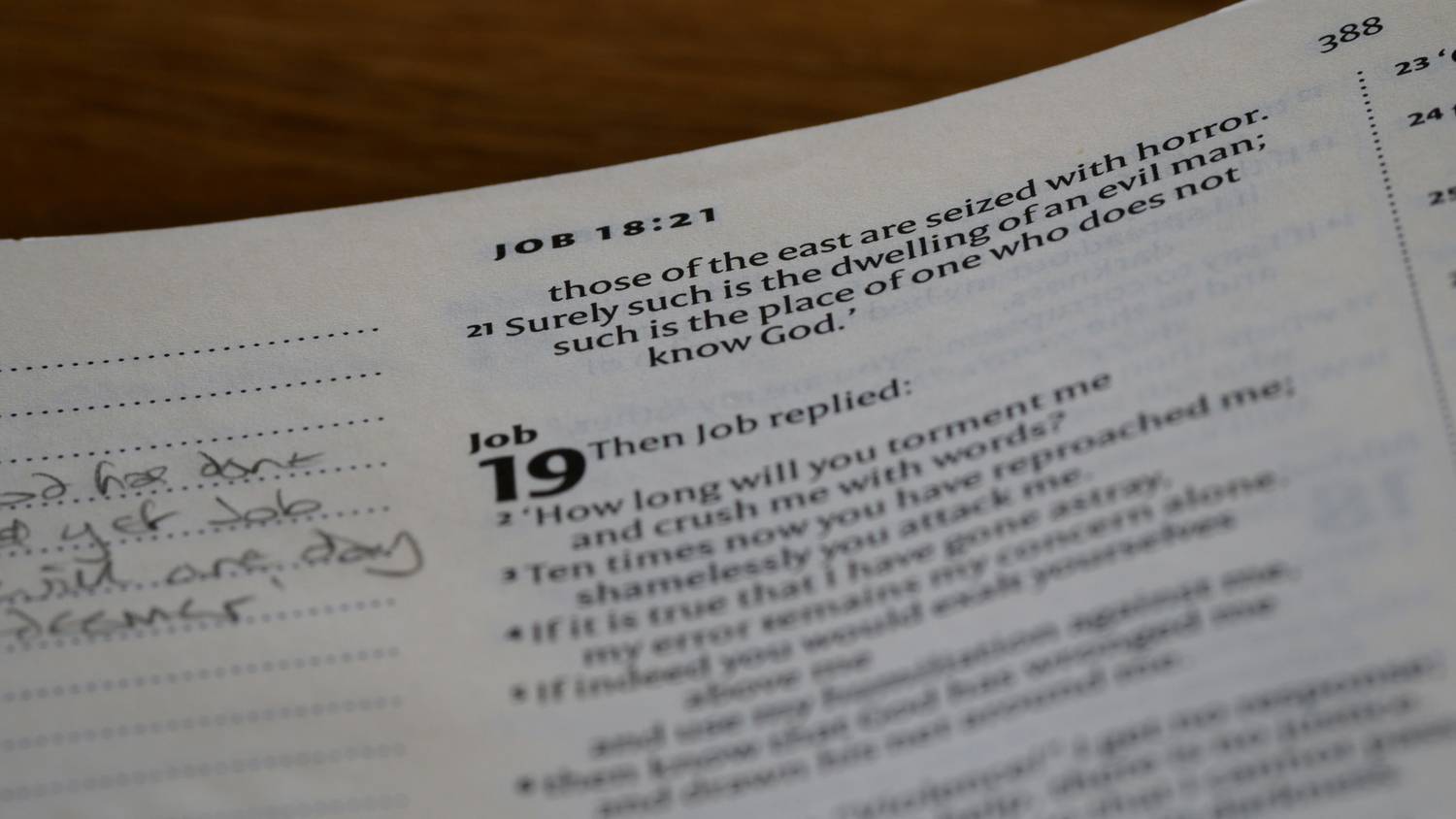1. Understand the Summons & Petition
Form FL-100 (the Petition) and FL-110 (the Summons) outline your spouse’s requested orders, filing county, and case number. Study each page carefully: does the petition ask for sole custody, spousal support, or exclusive use of your home? Note the service date stamped on the Proof of Service—this starts your 30-day countdown. If you were served by substitute service or certified mail outside California, different response clocks may apply.
- Verify the court address and branch name.
- Confirm your name is spelled correctly; errors cause ID mismatches later.
- Check whether your spouse requested attorney’s fees or property control.
2. Choose Your Response Path
California offers four main tracks for responding. Selecting the appropriate path shapes how much paperwork you file, how soon hearings occur, and whether you retain negotiation leverage.
| Path | Timeline | Required Forms | Pros | Cons |
|---|---|---|---|---|
| Default (No Response) | 30‑40 days | None | Fast, low paperwork | Lose rights, court may adopt spouse’s terms |
| Uncontested (Agreement) | 6‑7 months | FL-120, FL-130, Settlement Agreement | Cooperative, saves fees | Still need full disclosures |
| Contested | 12‑24 months | FL-120 + motions, discovery | Protects disputed rights | Higher cost, slower |
| Stipulated Judgment | ≈6 months | FL-120, FL-180, Judgment Attachments | Finalizes agreement quickly | Requires full consensus on every term |
3. Calculate Your Personal Deadline
Count 30 calendar days starting the day after you were served. If the last day falls on a weekend or court holiday, your deadline extends to the next business day. For service by mail within California, add five extra days; add ten days for service outside the state. Example: Served in person on March 1 ➜ start count March 2 ➜ day 30 is March 31. Because March 31 is a business day, your FL-120 must be filed by 4 p.m. that day.
- Locate the service date on Proof of Service.
- Add any mail-service buffer days.
- Use a calendar to mark weekends and holidays.
- Set automated reminders one week and one day prior.
4. Completing Form FL-120 Correctly
FL-120 “Response—Marriage/Domestic Partnership” looks simple but small mistakes trigger clerk rejections. In the caption area, copy the court name and case number exactly as shown on the Petition. In Item 1, select “Dissolution” unless you truly want a legal separation. Item 2 asks whether you concur California has jurisdiction—check carefully if either spouse recently moved. Item 6 lets you respond to property allegations: mark “unknown” if you need discovery. Always sign in blue ink and keep at least two file-stamped copies.
- Leave no box half-checked; strike blank spaces with “N/A”.
- Attach a separate “Property Declaration” if your list exceeds the space given.
- Use our paperwork checklist to gather supporting forms.
5. Serve Your Response the Right Way
A neutral adult (18 +, not you) must serve your FL-120 and all attachments on your spouse. Personal service uses Proof of Personal Service (FL-330); first-class mail uses Proof of Service by Mail (FL-335) and adds five days to any deadlines that flow back to your spouse. Include blank copies of FL-320 (Responsive Declaration) and FL-150 if child or spousal support will be at issue.
6. File With the Court
After service, file the original FL-120 and signed Proof of Service with the same courthouse where the petition was opened. Most counties charge a $435 filing fee—waived if you submit Fee-Waiver Form FW-001 and meet income limits. Many courts now accept e-filing; check the county directory for details. Keep stamped copies for your records and provide one to your spouse.
7. What Happens After You Respond
Filing a response moves the case into discovery and temporary orders. Both parties must exchange Preliminary Declarations of Disclosure within 60 days—see our financial disclosure guide. Courts may schedule a Case Management Conference or mediation referral. Negotiation typically begins with a “meet and confer” session, followed by settlement conferences. If no agreement is reached, trial preparation includes witness lists, exchange of exhibits, and filing of trial briefs.
8. Turning Agreement Into a Judgment
When both spouses reach consensus, draft a Marital Settlement Agreement that outlines custody, support, and property division. File FL-130 “Appearance, Stipulations and Waivers,” attach the agreement to FL-180 Judgment, and submit to the clerk’s window or e-filing portal. Provide a typed property spreadsheet; clerks compare totals and reject documents with math errors. Once the judge signs, mail-served Notice of Entry of Judgment finalizes your divorce and terminates response obligations.
Frequently Asked Questions
Step-by-Step Checklist
- Receive Summons & PetitionPending
- Calculate 30-Day DeadlinePending
- Choose Response PathPending
- Complete Form FL-120Pending
- Serve Your Spouse ProperlyPending
- File with Court & Pay/Waive FeePending
- Track Next Hearing or MediationPending
